Are you curious about ancient civilizations and archaeological finds? Here are the archaeology museums you must see in Mainz:
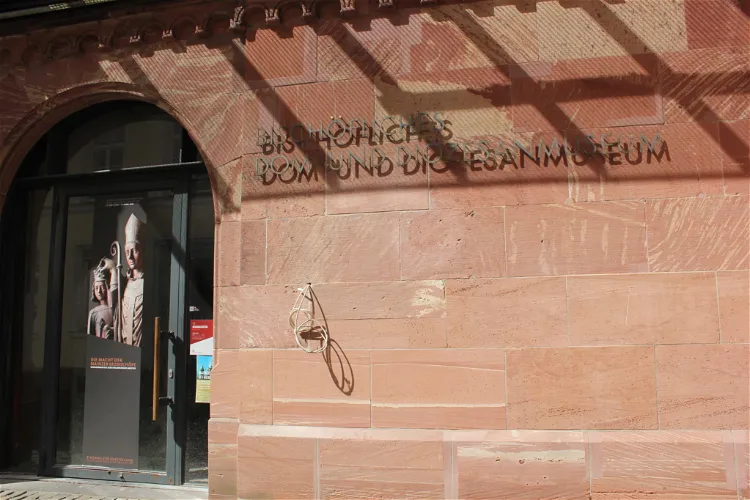
Dom- und Diözesanmuseum (Mainz)
MainzThe Episcopal Museum of the Cathedral and Diocese of Mainz, also known as Dom- und Diözesanmuseum, is situated in the cloister of the Saint Martin Cathedral. This location is in the heart of the old town of Mainz, providing visitors with a historical setting that complements the museum's collections. The museum building, made of sandstone, is located at the foot of the cathedral, adding to the overall historical ambiance.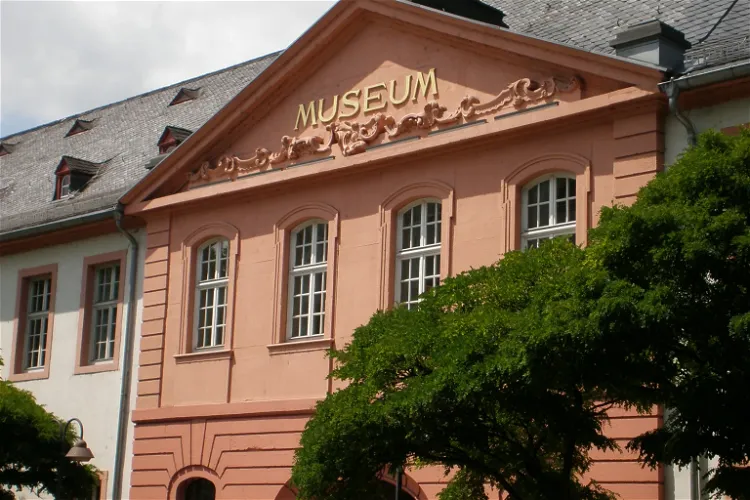
Mainz State Museum
MainzThe Mainz State Museum, also known as Landesmuseum Mainz, is a significant institution in Mainz, Germany, dedicated to the preservation and exhibition of art and history. The museum's collections span a wide range of periods and cultures, offering visitors a comprehensive insight into the rich history and artistic heritage of the region.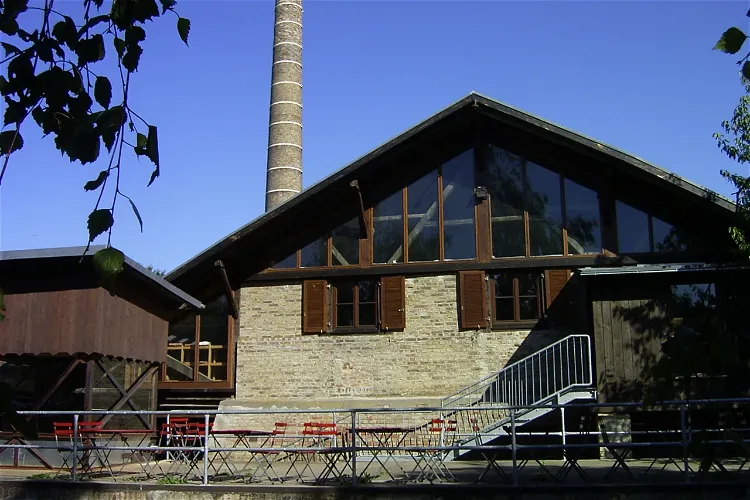
Ziegelmuseum Mainz
MainzThe Alte Ziegelei, located in Mainz-Bretzenheim, is an industrial monument that has been transformed into a brick museum. It also serves as a non-commercial educational, leisure, and cultural center. This unique combination of history, education, and culture makes it an interesting destination for tourists who are interested in industrial history, brick making, or simply looking for a unique cultural experience.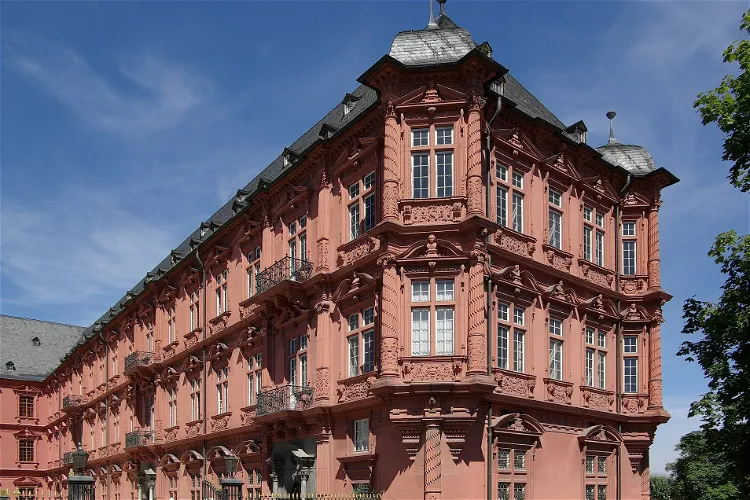
Leibniz Research Institute for Archaeology
MainzThe Römisch-Germanisches Zentralmuseum (RGZM), or the Roman-Germanic Central Museum, is a significant archaeological institution located in Mainz, Rhineland-Palatinate, Germany. Established in 1852, the museum is housed in the Elector's Castle and offers a systematic overview of Europe's history, covering periods from the Paleolithic to the High Middle Ages.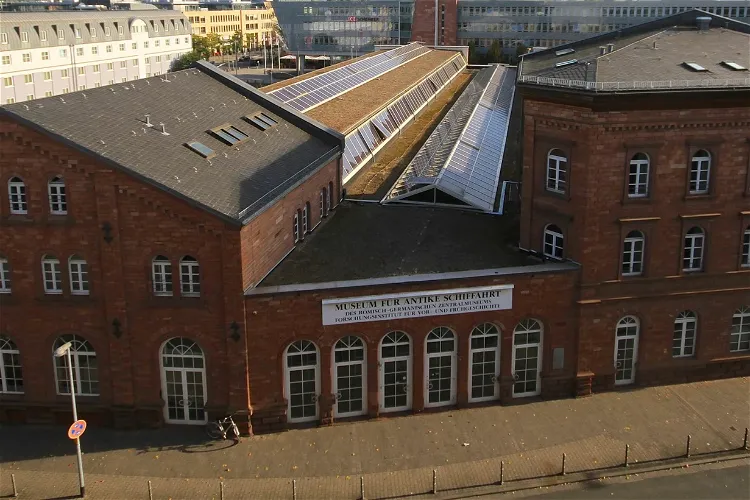
Museum of Ancient Seafaring
MainzThe Museum of Ancient Seafaring houses a variety of exhibits that provide a comprehensive insight into the maritime history of the Roman era. These include remains of five Roman warships from the 4th century, full-size replicas, a fragment of a barge, numerous ship reliefs and stone monuments. Additionally, models and display boards offer further information about ancient shipbuilding, construction techniques, and Roman fleet operations in the Germanic provinces and throughout the empire.